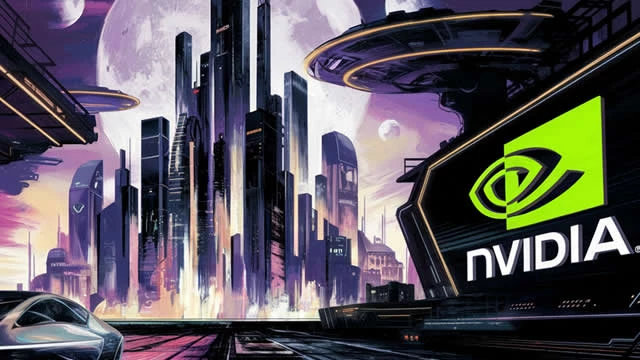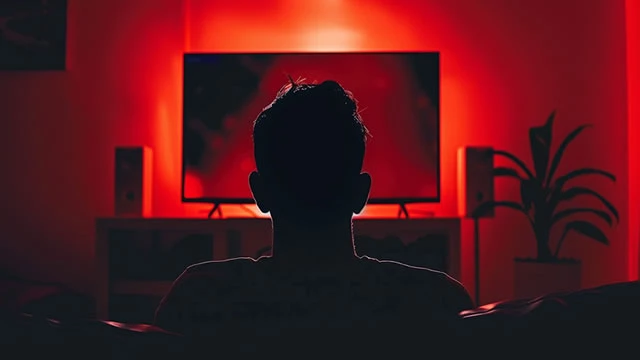Uber is taking a giant leap into the future, and it involves zero human drivers. Starting in 2025, you’ll be able to hail a fully autonomous Waymo vehicle on the Uber app in Austin, Texas, and Atlanta, Georgia. This isn't just another headline-grabbing tech stunt; it’s a significant move that signals Uber’s commitment to a driverless future. So, how did we get here, and what does this mean for the ride-hailing game? Let’s break it down.
The Road to Driverless Rides
Uber has been eyeing the driverless market for a while, but building its own autonomous vehicles proved to be a monumental challenge. Instead, Uber pivoted to forming partnerships with companies that already had skin in the game. Enter Waymo, the self-driving arm of Google’s parent company, Alphabet. Together, they’re pushing the boundaries of what ride-hailing can look like.
Right now, Waymo has been testing the waters in cities like San Francisco and Phoenix, offering rides through its Waymo One app. And yes, it's as futuristic as it sounds: you get into a sleek, electric Jaguar I-Pace and watch as the steering wheel turns all by itself. For some, it’s still a little weird. For others, it's like riding in a sci-fi movie. Either way, it's the future, and Uber wants in.
In Austin and Atlanta, Uber will be in charge of managing and dispatching Waymo's fleet of fully autonomous cars, while Waymo will handle the tech and testing side of things. This move comes after a successful pilot in Phoenix, where “tens of thousands” of rides have already been taken in these driverless vehicles since last October.
Why This Matters for Uber—and You
This partnership with Waymo is a big deal for Uber. Not only does it expand their service offering, but it also potentially paves the way for better margins. Imagine a world where Uber doesn’t need to pay drivers. Sure, managing and maintaining the vehicles will still cost money, but with the bulk of the operating costs reduced, there’s room for Uber to become much more profitable.
And it’s not just about cost-saving; it's about the experience. Think about it: you get into a car, tell it where to go, and it just drives you there. No small talk, no worries about awkward interactions, and no concerns about whether your driver knows the best route. It’s the next level of convenience, and Uber is betting big that people will want in.
So, will it work? Initial signs are promising. According to Uber CEO Dara Khosrowshahi, the percentage of users opting for autonomous rides is going up as people get more comfortable with the idea. Plus, having Waymo as a partner gives Uber a technological edge in this space—an edge they desperately need to fend off competitors like Tesla, which is gearing up to launch its own robotaxi service.
Risks and Challenges on the Road Ahead
Of course, rolling out driverless cars isn’t without its challenges. There’s the tech side, sure, but there are also regulations. Municipalities and states have different rules when it comes to autonomous vehicles, and Uber will need to work closely with local governments to ensure a smooth rollout.
Then there’s the public perception hurdle. While some surveys show that consumers might actually prefer a ride without a driver—no small talk, no unpredictability—there’s still a learning curve. Will people trust a robot to get them safely from point A to point B? Waymo says yes, pointing to its track record of millions of miles driven and claims of being "up to 3.5x better" at avoiding crashes than human drivers. But real-world incidents, like recent high-profile collisions involving Waymo cars, will keep some potential riders hesitant.
Another big question is economics. Right now, Uber typically takes about a 30% cut from each ride, but with this new partnership, those margins could shift. Uber will be responsible for maintaining and dispatching the Waymo fleet in Austin and Atlanta, adding fixed costs that could potentially eat into their profits. However, if they can get this right and scale up, the long-term payoff could be huge.
Should Uber Investors Care?
For investors, this move could be seen as a smart, forward-looking gamble. Uber's stock jumped on the news of the Waymo partnership expansion, signaling market optimism about the company's foray into autonomous vehicles. With the stock currently forming a consolidation pattern and a projected buy point of $82.14, some analysts are bullish on Uber's future in this space.
Waymo is not the only autonomous partner Uber has brought into the fold. They recently inked a deal with GM-backed Cruise and have an arrangement with Wayve, a startup specializing in AI-powered software for autonomous vehicles. These partnerships indicate that Uber is building an ecosystem that isn't dependent on any single tech provider—a savvy move for a company that once struggled with its own autonomous ambitions.
The Bottom Line: Is This the Future of Ride-Hailing?
Uber’s expansion into driverless rides with Waymo is a bold and potentially game-changing move. It aligns with the company’s vision of being a “mover of all things,” not just people. For riders, it means more options and possibly lower prices as companies compete for market share in the autonomous space. For Uber, it's about staying ahead of the curve, keeping Lyft in the rearview mirror, and fending off future competition from the likes of Tesla.
Whether you're a fan of the idea or not, one thing is clear: the race to dominate the robotaxi market is on, and Uber is putting the pedal to the metal. If they can navigate the road ahead, this could be the beginning of a whole new era for ride-hailing.

















Rate this article